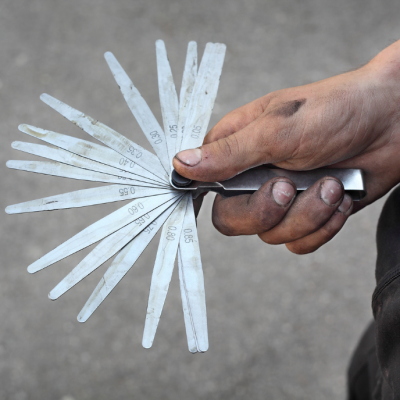November 1, 2022
How to Measure Flatness: A Straightforward Guide for Professionals See the articleIn VxScan, the resolution of the final mesh is determined by the size of the scanning volume. However, there are often times when you need to have a higher resolution than the highest resolution setting in VxScan. In this case, the solution is to scan the part in multiple scanning volumes.
Fortunately, the Handyscan 3D positioning system allows us to proceed to this adjustment quickly and easily. Since the reference system for the positioning of the scanner is linked with the positioning targets on the part, it is possible to use them to build our positioning model first and then acquire the surface data.
- Once the object is correctly prepared, scan the positioning target model and save it in a text file. This file contains all the information which the Handyscan 3D needs for positioning.
- Select the resolution which you need for the scan from the Sensor Parameters expanding panel.
- Uncheck the Automatic Volume Positioning in order to position the scanning volume correctly around the part of the object which needs to be scanned first.
- Proceed to the scan as usual and export the facets once the scan is completed.
- Re-open the positioning model which was saved in step 1 and place the volume at the place where the first acquisition stopped.
- Scan that part of the object and export it.
- If you still need to scan other parts, rinse, lather, repeat.
Since all the partial scans are using the same positioning model, they will be registered correctly automatically and no need for an alignment in any post-processing software. The only thing left is to merge the different scans, which is usually pretty straightforward in any modern post-processing software.
Starting from here, the sky is the limit. We’ve seen some huge scans, such as the Tourny Fountain in Quebec City or whole cars.







